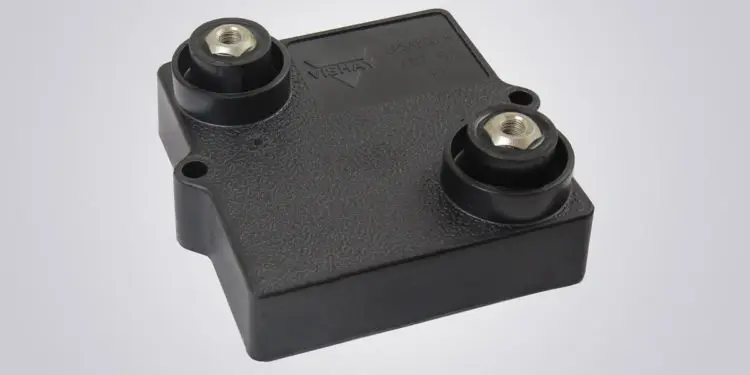Vishay Intertechnology, Inc. today introduced the first high power resistors on the market to be offered with the AEC-Q200 automotive qualification. Designed for direct mounting on a heatsink, the Vishay Sfernice LPSA 300, LPSA 600, and LPSA 800 deliver high power dissipation and pulse handling capabilities to help designers reduce component counts and lower costs in automotive applications.
The devices released today will serve as precharge or discharge resistors for inverters, and converters in electric vehicles (EV), hybrid electric vehicles (HEV), and plug-in hybrid electric vehicles (PHEV). With rated power of 300 W, 600 W, and 800 W, respectively, the LPSA 300, LPSA 600, and LPSA 800 enable designers to replace multiple lower power components with a single resistor in these applications. In addition, their pulse capability from 400 J to 1500 J for pulses from 0.05s to 0.5s allows them to replace larger wirewound resistors to save board space.
The LPSA 300, LPSA 600, and LPSA 800 offer high temperature operation to +175 °C and a broad range of resistance values from 0.03 Ω to 900 kΩ. They are also capable of high dielectric strength up to 12 kV RMS. The RoHS-compliant devices offer a non-inductive design, tolerances down to ± 1 %, and superior automotive reliability test results (i.e., extensive temperature cycling at 1,000 cycles and 1,000 hours of operational life).
Samples and production quantities of the new resistors are available now, with lead times of 10 to 12 weeks.
































